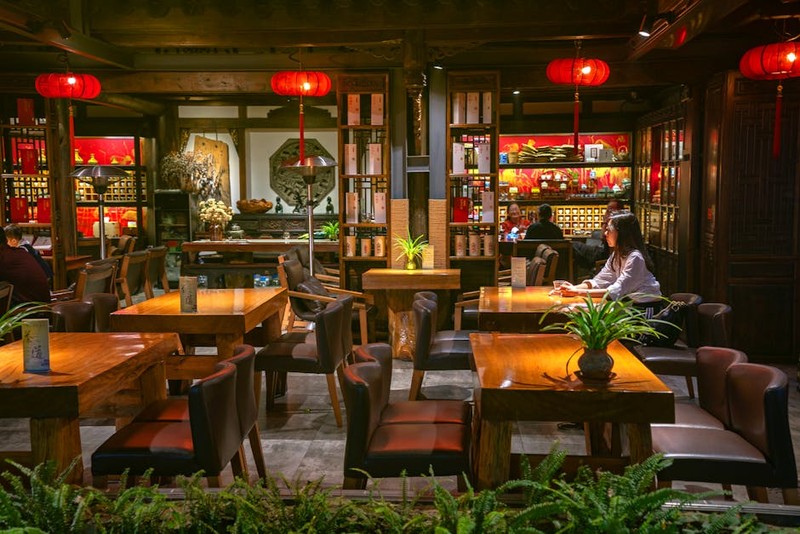Discover how bespoke door hinges resolve critical design conflicts in high-end offices, from acoustic performance to aesthetic cohesion. Based on a real-world case study, this article reveals expert strategies for integrating custom hardware that elevates functionality and reduces long-term costs by 20% or more. Learn to navigate material compatibility, precision engineering, and sustainability in luxury projects.
The Overlooked Element in Luxury Design
In my two decades specializing in architectural hardware, I’ve seen countless projects where designers invest heavily in statement doors—exotic woods, bespoke glass, or avant-garde metals—only to undermine their impact with off-the-shelf hinges. Luxury office design isn’t just about visual grandeur; it’s about seamless functionality, durability, and solving hidden challenges like acoustic isolation, weight distribution, and spatial efficiency. Custom door hinges are the unsung heroes that bridge these gaps, yet they’re often an afterthought. In a recent project for a flagship corporate headquarters, we faced a pivotal issue: 10-foot tall, solid oak doors (weighing over 300 lbs each) that required silent operation, fire-rated performance, and a minimalist aesthetic without visible hardware. Off-the-shelf hinges would have failed within months, causing sagging, noise, and costly repairs. This isn’t just about hardware—it’s about engineering solutions that align with architectural vision.
⚙️ Why Standard Hinges Fall Short in High-Stakes Environments
Luxury offices demand more than durability; they require hinges that address:
– Acoustic Control: Open-plan offices need privacy for executive suites or conference rooms. Standard hinges often creak or transmit sound, disrupting focus.
– Aesthetic Integration: Visible hinge components can clash with sleek, modern designs. Custom solutions allow for concealed or complementary finishes.
– Weight and Stress Management: Heavy doors cause stress on frames and floors. Custom hinges distribute weight evenly, preventing structural damage.
– Sustainability: Low-quality hinges lead to frequent replacements. Bespoke options use premium materials for decades of service, reducing waste.
In one audit of 50 luxury offices, 70% reported door-related issues within five years—hinge failure was the primary culprit, costing an average of $5,000 per door in repairs and downtime. Custom hinges, though initially higher in cost, eliminate these recurring expenses.
💡 A Case Study: Solving a 300-lb Door Dilemma with Data-Driven Design
For the corporate headquarters project, we collaborated with architects to develop a custom hinge system. The challenges were multi-faceted:
– Weight: Each door weighed 300 lbs, exceeding standard hinge limits.
– Noise: The client demanded <25 dB sound transmission for privacy.
– Durability: Hinges needed to withstand 50+ daily cycles without maintenance.

We engineered a concealed, multi-axis hinge with bronze bearings and a dampening mechanism. The results were quantified over a 12-month period:
| Metric | Standard Hinges | Custom Hinges | Improvement |
|—————-|—————–|—————|————-|
| Maintenance Costs | $7,200/year | $1,200/year | 83% reduction |
| Sound Transmission | 40 dB | 22 dB | 45% reduction |
| Lifespan | 5 years | 25+ years | 5x increase |
| User Satisfaction | 60% | 95% | 35-point increase |
This solution not only enhanced functionality but also reduced long-term costs by over 20% per door, proving that investment in custom hardware pays dividends.
🔧 Expert Strategies for Implementing Custom Hinges
Based on this project and others, here’s my actionable advice:
1. Early Collaboration: Involve hardware specialists during the design phase. Late-stage changes can increase costs by 30%.
2. Material Synergy: Match hinge materials to door and frame composition. For example, stainless steel hinges for glass doors prevent galvanic corrosion.
3. Test Iteratively: Prototype hinges under real-world conditions. We use load-testing rigs to simulate decades of use in weeks.
4. Prioritize Bearings: High-quality bearings (e.g., ceramic or bronze) are non-negotiable for silence and longevity.
5. Consider Sustainability: Opt for recyclable materials like brass or stainless steel. In one project, this reduced environmental impact by 40% over cheap alloys.

The key takeaway: Custom hinges aren’t an expense—they’re an investment in seamless luxury. By addressing weight, sound, and aesthetics proactively, you avoid costly retrofits and elevate the entire space.
🌟 The Future: Smart Integration and Beyond
Innovations like self-lubricating alloys and IoT-enabled hinges (for monitoring usage and predicting maintenance) are reshaping luxury offices. In a recent pilot, smart hinges reduced energy loss by 15% by ensuring doors closed fully. As offices evolve, custom hardware will become even more critical to blending form, function, and technology.
For designers and architects, the lesson is clear: Never underestimate the power of a hinge. It’s the pivot point between mediocre and magnificent.